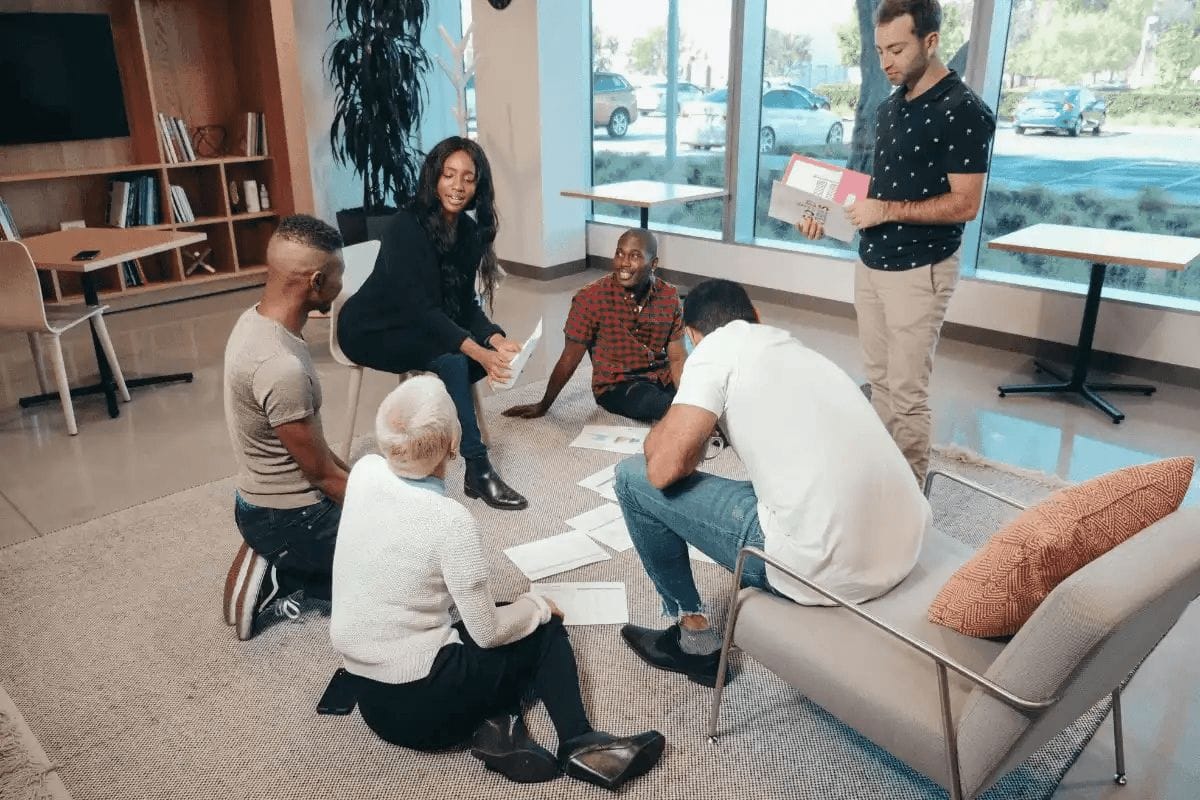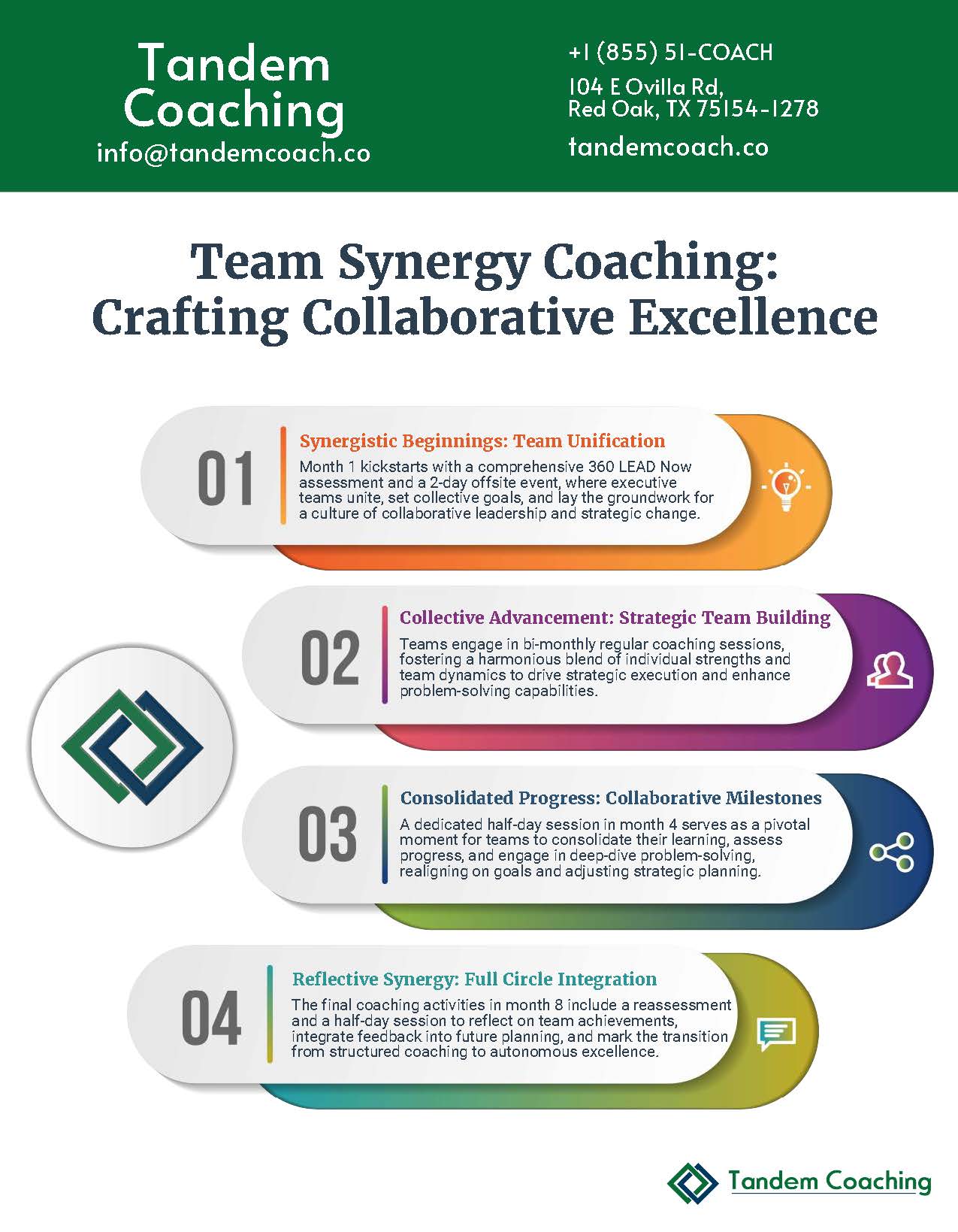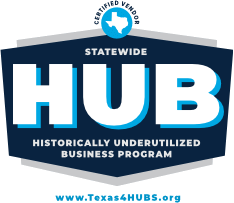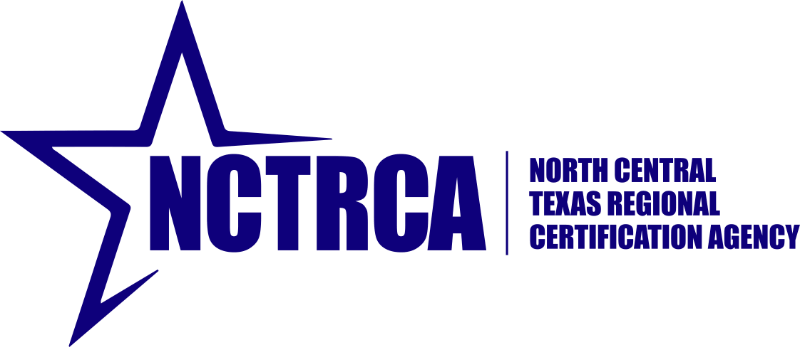Microsoft co-founder Bill Gates once said,
“As we look ahead into the next century, leaders will be those who empower others.”
True leadership is about bringing out the best in your team. However, empowering your team requires continuous self-development. It’s easy to get caught up in everyday tasks and lose sight of the effective leadership skills needed to inspire as a leader. That’s why ongoing leadership growth is crucial, whether you already lead or aspire to.
Most organizations struggle with leadership gaps, ineffective succession planning, and misaligned executive vision. Without structured leadership development, high-potential employees remain untapped, and business results suffer.
At Tandem Coaching, we bridge the gap between potential and performance with our customizable leadership development programs. Whether you’re an emerging leader or a seasoned executive, our program equips you with strategic decision-making, emotional intelligence, and leadership agility—the skills needed to lead in today’s fast-paced environment.
🚀 Ready to build a leadership team that thrives?

What is Leadership Development?
Leadership development is the process of enhancing and teaching management and leadership competencies and mindsets to employees who can hold or potentially take on leadership positions.
It prepares current and future frontline leaders to successfully guide teams, projects, departments, and organizations by enhancing critical skills like:
- Strategic thinking
- Decision making
- Communication
- Conflict resolution
- Change management
- Team building
As leaders develop their leadership competencies, it’s essential to focus on certain leadership traits that align with the organization’s goals to foster relevant leadership growth. The objective is to create well-rounded leaders who can thrive in dynamic, evolving business environments and align leadership efforts to help organizations lead them forward effectively.
According to a Deloitte survey, 86% of executives rated leadership as an “urgent” or “important” priority. However, only 13% of responders said they do an excellent job developing high potential leaders at all levels!
Companies that prioritize leadership development solutions report stronger team engagement, bench strength, cultural alignment, talent retention, and benefits of developing future and today’s leaders, which also helps them retain talent.
What Makes a Good Leadership Development Program?
A solid leadership development plan is a structured training undertaking that teaches leadership skills over a period of time through various forms of education and hands-on experiences.
These development initiatives can take many forms, including:
- Cohort-based programs: Bring groups of leaders together for workshops, assessments, and collaborative projects over months.
- Online/virtual programs: Delivered through virtual platforms, these programs offer flexibility for busy schedules.
- One-on-one coaching: Provides personalized and confidential guidance from an expert coach.
- Job rotations: Unlocks the full potential of the high-potential employees and exposes them to various leadership roles temporarily.
- Stretch assignments: Challenges for employees to lead special projects beyond their regular duties help develop organizational behavior.
The format varies depending on an organization’s needs, resources, and learning objectives, but the end goal of any successful implementation is always expanding critical leadership capacities. A successful leadership development program courses can also provide substantial professional development opportunities, ensuring that potential leaders are well-prepared to meet future challenges.
At Tandem Coaching, we offer a cutting-edge leadership development program tailored to the needs of high-potential leaders preparing for their next big role. This program focuses on performance development, helping leaders understand their strengths and areas for improvement, ultimately leading to the development benefits that come from sustained growth.
What’s Included in Our Leadership Development Program?
Our Leadership Development Program is designed to unleash your leadership potential through a structured, high-impact journey.
📌 Month 1: Foundational Insights & 360 Leadership Assessment
✅ Personalized welcome session & self-reflection activities
✅ 360-degree leadership assessment to identify strengths & growth areas
✅ Group mastermind session for shared learning
📌 Months 2-7: Strategic Evolution & Leadership Skill Advancement
✅ Bi-monthly 1-on-1 executive coaching for leadership agility
✅ Mastermind group coaching for peer collaboration
✅ Leadership application challenges to bridge theory with practice
📌 Month 8: Reflective Mastery & Leadership Apex
✅ Reassessment of leadership growth and strategic impact
✅ Graduation event & forward-planning workshop
✅ Personalized leadership action plan for sustained success
🚀 Bonus: Exclusive Access to Our Leadership Mastery Community
✅ Gain ongoing support, executive insights, and premium leadership content even after the program ends.
💡 Want to See How This Works?
✅ Book a Free Leadership Strategy Call Today – Speak with a coach and create a leadership roadmap tailored to your career.
✅ Download Our Leadership Development Playbook – Get a free guide to building high-impact leadership skills.
Why is Leadership Development Important?
The business world is constantly changing these days. New technologies, economic shifts, global events, and market disruptions create uncertainty and rapid change that organizations must adapt to.
This situation of constant flux, sometimes called VUCA – volatility, uncertainty, complexity, and ambiguity – makes leadership development even more important.
With VUCA as the new normal, investing in developing current and future leaders within organizations has become essential for organizations to succeed in fast-moving business environments.
Here are some related topics explaining why leaderhip development matters:
- Enhances performance & growth: Better leaders are ready to shape the future of their organizations through better business results. Leadership training helps improve skill sets, leadership qualities, and behaviors tied to performance.
- Preparing future-ready leaders: With disruption ahead, development programs prepare talent to steer leadership growth and innovation.
- Drives culture alignment: It connects employee development and their roles within the company to organizational values and culture. Effective leadership can also enhance the organization’s adaptability, ensuring that every leader may contribute meaningfully to both current leadership demands and future organizational goals.
- Boosts retention: Leadership development initiatives are important because they provide actionable learning solutions and growth opportunities and improves employee’s engagement. According to PwC research, employees today are eager for development and a culture of learning, with 77% saying they are ready to learn new skills. They’re also more likely to stay.
- Improves succession planning: Focusing on leadership development strengthens and preparing leaders at every level for what’s next.
- Builds resilience: Challenging assignments build critical soft skills like agility, empathy, and learning orientation.
- Enables change management: These undertakings and programs equips professionals to effectively adapt to changing priorities, new leadership roles, and new projects, and gives them innovative solutions thereby enhancing their leadership responsibilities.
- Cultivates diversity: Exposure to different leadership styles and mindsets promotes inclusivity and diverse thinking.
The World Economic Forum predicts leadership and easy to access social influence skills will be among the top workplace competencies by 2027. This underscores why leadership programs are a strategic priority for organizations globally.
Those who invest in customized leadership development solutions aligned to their business cycles and goals also see substantial returns on their significant investment. For every $1 spent, the company earns a profit of $4.15. The ROI of leadership development is clear!

Examples of Leadership Development Skills
Well-rounded leaders need and must possess capabilities spanning hard skills, soft skills, and self-management:
Hard Skills
- Strategic thinking: Ability to analyze the competitive landscape and chart an effective vision and roadmap for the future.
- Financial acumen: Understanding key financial levers that drive organizational performance.
- Data literacy: Using data to inform critical decisions and measure impact.
- Digital fluency: Leveraging technologies to enhance processes, systems, and capabilities.
Soft Skills
- Communication: Conveying complex ideas, managing key goals and stakeholders effectively, and public speaking abilities. Using NLP methods improves how you communicate.
- Collaboration: Bringing aligned teams together to work towards unified goals as a key to the development strategy for leaders.
- Empathy: Understanding different perspectives and connecting on an emotional level.
- Creativity: Fostering cultures where innovative ideas can emerge.
Self-Management
- Adaptability: Adjusting leadership approach and priorities amidst changing conditions.
- Accountability: Taking ownership of decisions, outcomes, and mistakes.
- Resilience: Bouncing back from setbacks and challenges.
- Mindfulness: Maintaining self-awareness and managing stress levels.
This combination of strengths and weaknesses prepares great leaders to handle complex challenges on both organizational and personal fronts. Leadership can also serve as a powerful tool for fostering a culture of learning and adaptability, ensuring that every leader is equipped to navigate the complexities of modern business environments.

3 Phases of Modern Leadership Development Initiatives
As leaders gain skills and experience, they evolve across three key phases, which apply to a variety of leadership contexts:
1. Emerging Leader
Emerging leaders transition from individual contributors to people managers, needing to develop core management abilities, such as:
- Clarifying team roles/responsibilities
- Providing effective feedback
- Building trust
- Managing meetings
- Balancing day-to-day and future thinking
2. Developing Leader
With management basics in hand, developing leaders (Mid-level professionals) work on advanced skills, like:
- Establishing long-term business strategy
- Aligning teams behind organizational goals
- Managing priorities amidst competing demands
- Influencing change across the business
- Enhancing communication beyond your immediate domain
Stretch assignments and assessments build the capabilities for organizational influence and strategy.
3. Strategic Leader
Finally, strategic leaders (Senior executives) focus on enterprise-wide proficiencies such as:
- Setting the organization’s vision, strategy execution, and understanding leadership models that best fit the organization’s needs
- Leading organizational transformation
- Achieving sustainable business results
- Championing innovation to drive competitiveness
- Managing talent pool for future continuity
At the end of the program, leaders will have developed a comprehensive understanding of the strategic initiatives required to drive sustainable success within their organizations and unlocking their full potential. While the required competencies evolve across phases, leadership development is always about expanding critical skills for increasingly complex roles.

Components of Leadership Development Training and Solutions
Holistic leadership development is a set of processes combining different components, including leadership models, working together:
Hands-On Learning Experience
On-the-job experiences, such as special projects, job rotations, interim management roles, etc., provide invaluable opportunities to apply developing skills.
Senior Leaders Assessments
360 assessments, personality, and leadership style indexes provide insights into self-direct development for leaders at every level.
Networking for lasting impact
Peer networks inside and outside the organization offer diverse perspectives and promote ongoing learning.
Action Learning as a foundation of culture of learning
Participating in workshops/seminars, tackling real business problems, and implementing solutions help you develop critical leadership skills, such as time management and human capital management.With a focus on these critical areas, organizations can build leadership talent.

How to Improve Leadership Skills in the Workplace
You can take practical steps to become a more decisive leader in your workplace:
1. Listen Actively
Active listening is one of the most vital skills for modern leaders to improve leadership skills and build effective teams.
Studies reveal that 86% of employees feel their voices go unheard; 63% believe their managers ignore them. This lack of listening damages the organizational culture.
You can counteract these trends by honing your active listening as a leader.
Tips include:
- Give your full attention when others are speaking. Don’t interrupt or multitask.
- Ask thoughtful follow-up questions to show you’ve understood them.
- Paraphrase key points back to the speaker to confirm you’ve grasped what they mean.
- Provide relevant input without judgment.
- Convey genuine interest through positive body language like nodding and eye contact.
Developing active listening skills helps employees feel valued and prepares them for leadership roles within the organization, contributing to the growth of the next generation of leaders. Per research from Salesforce, employees who feel heard perform 4.6 times better. They are also more engaged.
With $550 billion lost annually due to disengagement, ensuring workers feel listened to should be a priority.
Listening actively benefits leaders as well. It builds trust, enhances perspective-taking, and garners insights to fuel better decision-making.
2. Keep Learning
Constant business changes require leaders to keep learning. Recent LinkedIn data shows organizations rank learning opportunities as the #1 driver of positive retention.
As a leader, you should exemplify a growth mindset focused on continuous skills development, which is crucial for future leadership success.
Ways to keep learning include:
- Take courses relevant to leadership, either online or in person. Look for skills gaps to fill.
- Read books, blogs, and podcasts about leadership, productivity, culture, and other topics to expand your knowledge.
- Attend conferences, talks, and workshops. Interact with thought leaders.
- Try job shadowing. Observe other leaders and teams.
Continuous learning exposes you to new ideas and perspectives, which leaders can also leverage to enhance their leadership capabilities. It also shows your team that growth matters. Working with a qualified mentor within the company can boost your learnings significantly.
For a complete leadership development program customized for high-potential leaders, consider our 9-month intensive cohort-based offering. It combines 1-on-1 coaching sessions, 360 reviews, interactive workshops, and peer learning to maximize leadership potential.
Contact us today to discuss how our transformational leadership development can accelerate your career growth.
3. Promote Collaboration
Bring your team together to solve problems.
Ways to encourage collaboration:
- Form diverse teams with cross-functional expertise to spur innovation.
- Foster open communication and input from all team members.
- Define a collaborative process for decision-making.
- Build team bonding through offsites and social events.
- Celebrate group accomplishments, not just individual ones.
- Ask “What do you think?” and actively listen to responses. Value all voices.
A Forbes study says that inclusive teams make better business decisions 87% of the time. Teams using a collaborative process decide faster, require 50% fewer meetings, and deliver 60% better results.
Collaboration taps into collective intelligence and is a crucial process of developing leadership abilities and improving leadership skills. Make “we” decisions, not “me.” Eventually, it benefits everyone – leaders, teams, and organizations.
4. Develop Emotional Intelligence
Emotional intelligence allows you to understand and manage your emotions and recognize and respond effectively to others’ emotions.
Developing EQ results in stronger workplace relationships, communication, and leadership.
Ways to develop it:
- Identify your emotional triggers at work. Notice your reactions.
- Be self-aware. Reflect on how emotions impact your leadership style.
- Show empathy. Listen closely to understand others’ perspectives.
- Keep composure during conflicts. Take time to respond calmly.
- Be flexible. Adapt your style to fit changing conditions.
When leaders develop their EQ, it positively influences team culture and aligns leadership behaviors with the organization’s strategy.
5. Ask for Feedback
Regularly asking for input shows that you value growth as a leader. It also identifies blind spots that are holding you back.
Ways to get feedback:
- After meetings and projects, ask what went well and what could improve.
- Schedule monthly or quarterly feedback reviews with your team.
- Use anonymous surveys to gather candid input on your leadership.
- Work with HR to conduct 360 reviews.
- Thank team members for their perspectives and implement their suggestions.
Bill Berry, a leader at Tacoma Power, thought his change initiative was successful until blunt feedback revealed some serious problems.
Realizing he needed a better system, Berry now regularly asks for input on his strengths and areas for improvement.
Though not always easy to hear, feedback is a gift. It provides invaluable insight into how you are perceived. The most effective leaders actively seek it rather than avoid it.
To ensure successful leadership development, it’s critical that leaders regularly assess their progress and adapt their strategies to meet the evolving needs of their teams and organizations. Make feedback part of your regular performance management, leadership responsibilities, and growth as a professional.

Frequently Asked Questions (FAQs)
Below are some common leadership development questions:
What are the different types of leadership development?
Effective leadership development is meant to help leaders grow by enhancing the leadership abilities of any member within an organization. Enterprise leadership development programs vary, from traditional executive leadership education to leadership coaching, online courses, and hands-on training and development experiences. A good development program focuses on senior leadership as well as emerging leaders to strengthen critical leadership competencies at every stage of their development journey.
How can you create a leadership development program that works?
Creating an effective leadership development program requires a structured approach to leadership development that aligns with business strategy and talent development needs. A good development program should include:
- Clear leadership principles and core leadership competencies
- Strong commitment from senior leadership to drive engagement
- A mix of leadership coaching, mentorship, and experiential learning
- Digital tools, including online courses, for flexible learning
- A feedback loop to measure impact and enhance the development experience
By integrating these elements, organizations can ensure they’re effectively applying good leadership practices to elevate your leadership initiatives.
Why is leadership development important for an organization?
Leadership development is important because leadership is a key part of business success. Effective leaders create strong teams, enhance employee engagement, and drive innovation. A well-designed organization’s leadership development strategy fosters key leadership abilities at all levels, ensuring that both senior leadership and emerging leaders can understand the leadership landscape and contribute to long-term success.
What are the different types of key leadership styles?
Understanding different types of leadership is essential for developing leadership effectiveness. Common leadership styles include:
- Democratic Leadership – Encourages collaboration and shared decision-making
- Authoritative Leadership – Sets a clear vision and direction
- Affiliative Leadership – Focuses on emotional intelligence and team relationships
- Pacesetting Leadership – Drives high performance through example
- Coercive Leadership – Enforces strict compliance and control
A good development program teaches leaders to understand the leadership styles and adapt them based on business needs.
How is leadership developed through training and development programs?
Leadership is developed through structured programs that emphasize skill-building, experience, and feedback. Professional leadership development programs focus on the process of enhancing the leadership capabilities of both emerging and established leaders. A successful development journey includes:
- Leadership training and development to build leadership skills listed as essential for success
- Leadership coaching to refine decision-making and interpersonal skills
- Development courses and online courses to enhance strategic thinking
- Hands-on opportunities to apply learning in leadership roles within an organization
A structured approach ensures that leaders grow at every stage of their development experience.
How can organizations ensure they’re exercising leadership in their development efforts?
To ensure they’re exercising leadership, organizations must create a good development program that engages leaders at all levels. A strong leadership team needs to:
- Align leadership and management training with business objectives
- Provide mentorship and leadership coaching to reinforce effective leadership development
- Use enterprise leadership development programs to support long-term growth
- Invest in training and development that includes senior leadership involvement
By following these best practices, companies can ensure their leaders are effectively applying good leadership in real-world scenarios.
What is the best approach to leadership development?
A successful approach to leadership development balances structured learning with real-world application. Good development programs incorporate:
- Leadership coaching to refine decision-making and adaptability
- Traditional executive leadership education for theoretical foundations
- Online courses and self-directed learning for flexible growth
- Practical leadership experiences that enhance leadership roles within an organization
This combination ensures that leaders develop the critical leadership competencies needed to thrive in complex environments.
How does developing leadership help elevate your leadership potential?
Leadership development is meant to help individuals refine their skills and step into higher-level roles. Programs that focus on elevate your leadership strategies enable participants to:
- Gain key leadership abilities through training and development
- Improve strategic thinking and execution through development courses
- Strengthen leadership and management capabilities for senior leadership positions
- Apply core leadership competencies to navigate challenges effectively
By investing in a structured development journey, organizations ensure that their leaders can grow and succeed at every stage of their careers.
How do leadership development programs prepare individuals to take the next step in their careers?
Leadership development programs focus on nurturing unique strengths and equipping individuals with the skills needed to meet workplace challenges. By addressing critical areas like supervisory skills and stakeholder engagement, these programs help participants become leaders who inspire confidence and drive results. They provide a roadmap for career growth, enabling professionals to take the next step toward senior leadership roles.
Conclusion
To wrap up, developing leadership skills pays off big. As you’ve seen, listening actively, learning continuously, encouraging teamwork, having emotional intelligence, and asking for feedback are vital ways to improve leadership capabilities.
But growth requires commitment.
For companies seeking a comprehensive leadership development program, including coaching and mentoring components, formal mentorship programs, and management tools, check out Tandem Coaching. Our 9-month intensive training program pairs 1-on-1 coaching, mentoring and coaching relationships, 360 reviews, interactive workshops, and peer learning to maximize leadership potential.
With experts leading the program and a proven method, we help leaders through tailored plans. If you want to unlock your leadership talents fully, see how Tandem Coaching’s program can speed up your success.


















